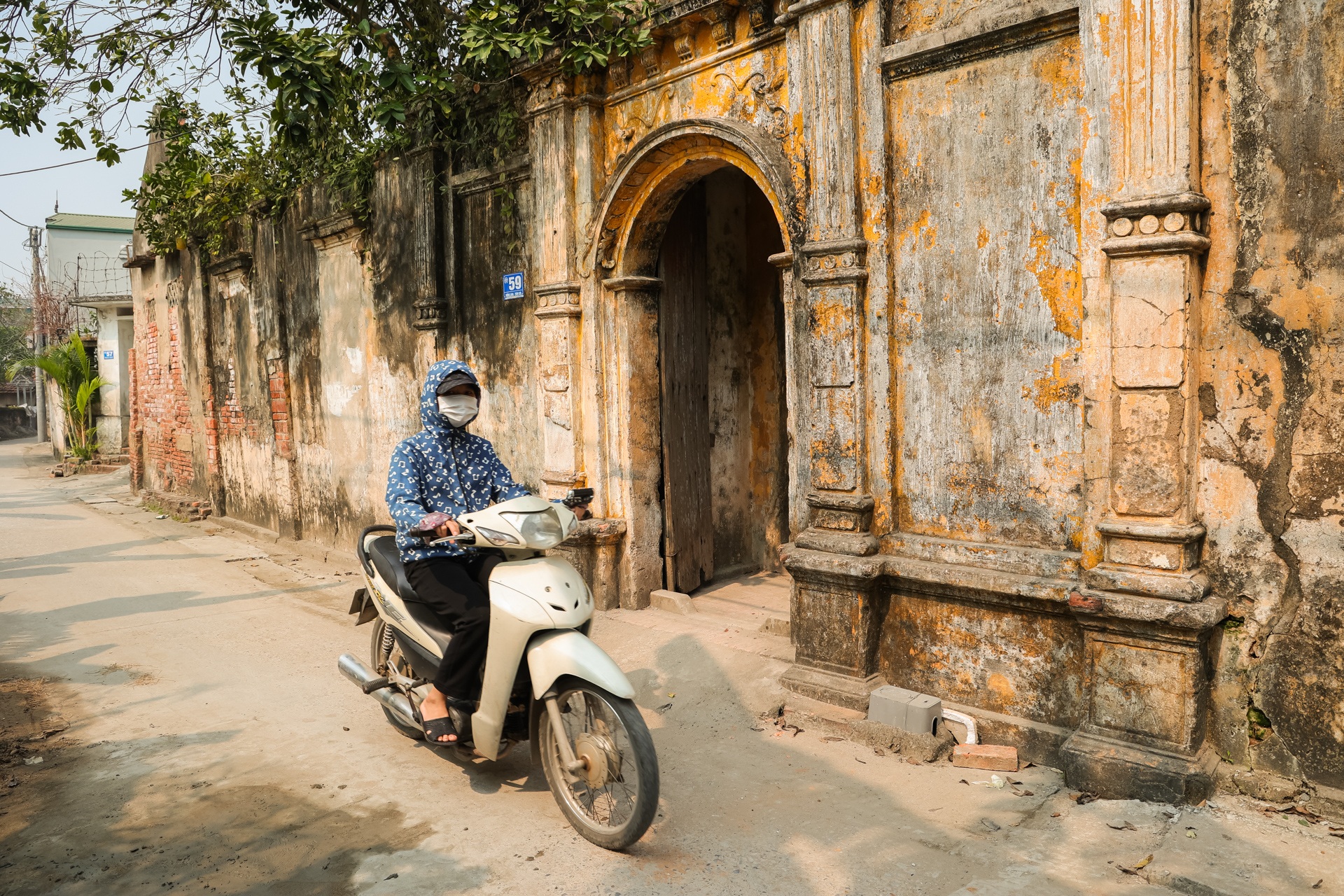
40km south of Hanoi , Cuu village (Van Tu commune, Phu Xuyen district) is located on the Nhue river, famous for its more than 500 years of history and unique architecture.
The arched village gate with a pair of stone unicorns and dogs opens up an enchanting space. Since the French colonial period, the village has been famous for its tailoring industry, "the best in Hanoi", bringing wealth to build majestic villas.
The ancient houses here impress with their ancient roofs, ironwood columns, panel doors, large yards and motifs that blend Vietnamese tradition and French style.
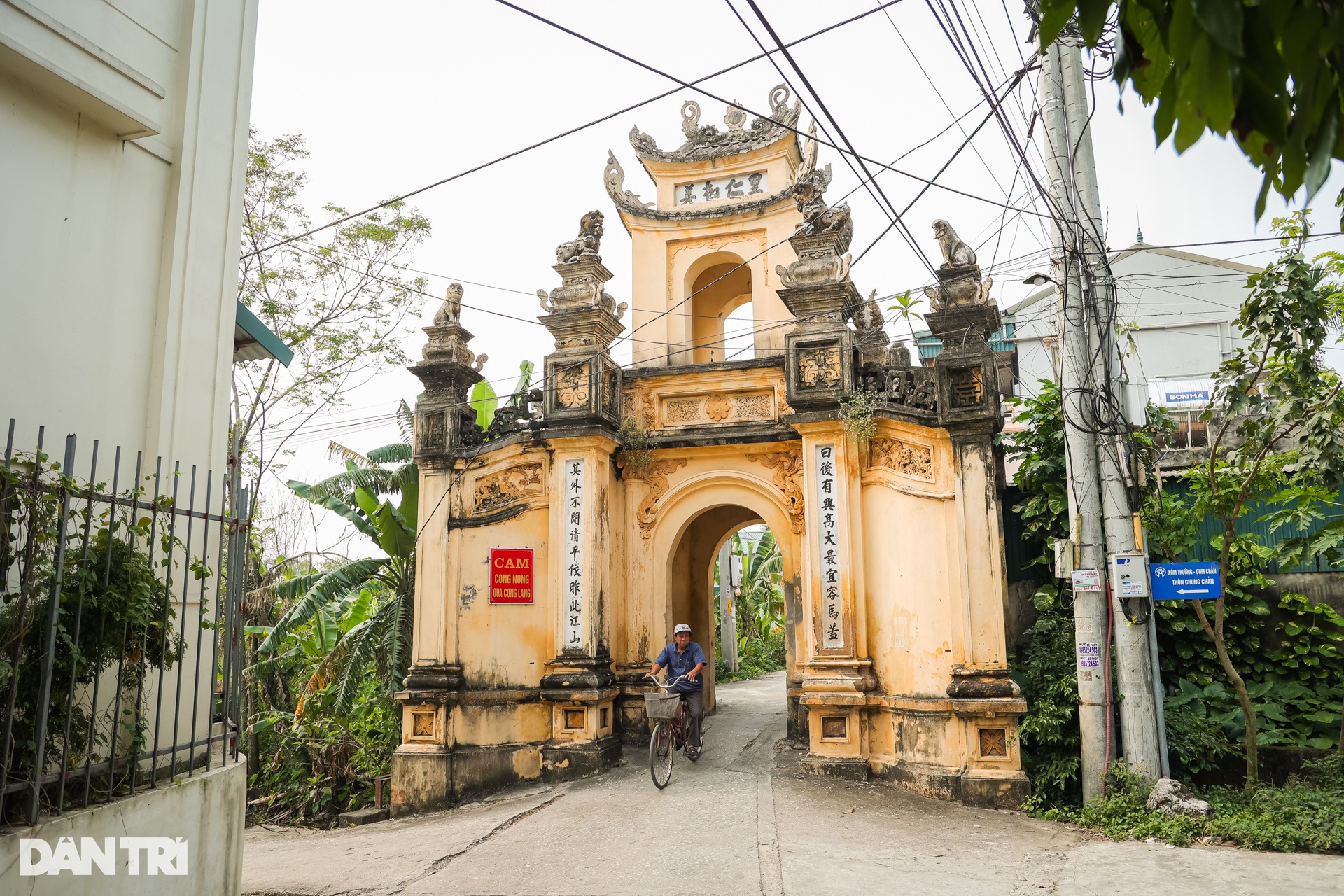 The gate of Cuu village was built in the "book" style, imposing, with floors, a roof and even an entrance and exit (Photo: Nguyen Ngoan).
The gate of Cuu village was built in the "book" style, imposing, with floors, a roof and even an entrance and exit (Photo: Nguyen Ngoan).
"The village of the rich" was once famous
Originally a farming village, around 1920, a fire broke out and almost half of the village was burned down. The houses in the village were mainly made of bamboo so the fire spread very quickly, 2/3 of these houses were reduced to ashes.
Famine due to crop failure, and a major fire, made people's lives even more miserable. Unable to sit idly by, many people packed their bags and went to Hanoi to find a way to make a living.
The elders decided to start here by tailoring clothes and suits. From here, with their talented hands, the people of Cuu village became the "first-class" tailors for "Western men and women", including famous tailors such as Duc Loi, Phuc My, and Phuc Hung.
Thanks to their diligence and hard work, from 1900 to 1940, when they had the conditions, the elders returned to build the village. From here, ancient Vietnamese houses combined with Western architecture were created, turning Cuu village into a "luxurious Western village".
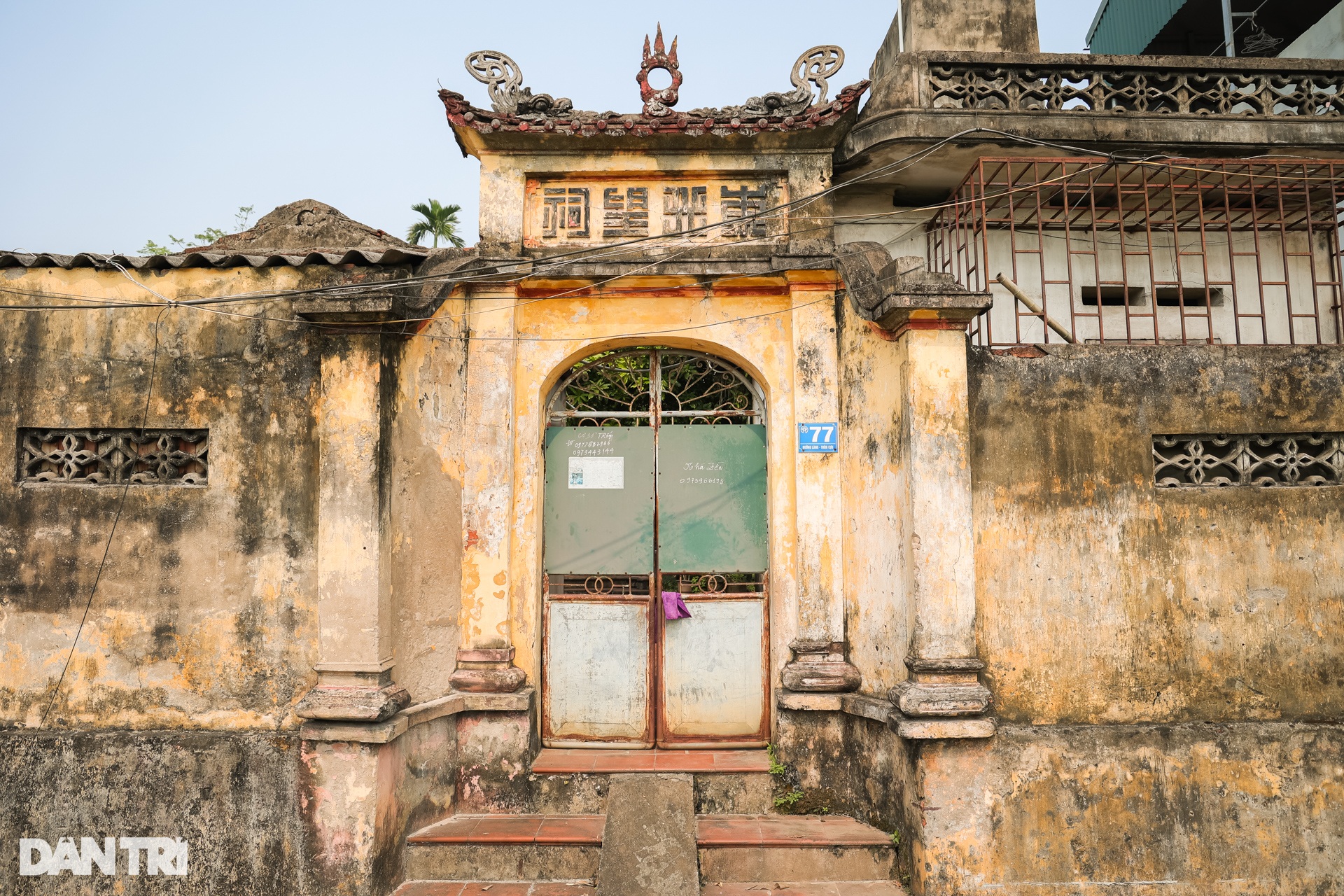 More than half of the old house is closed and abandoned (Photo: Nguyen Ngoan).
More than half of the old house is closed and abandoned (Photo: Nguyen Ngoan).
The beautiful, majestic houses built in Cuu village were all thanks to the money earned from the tailoring profession.
Seeing the potential for development, the people of Cuu village began to bring everyone in the village to work with them. The sewing and embroidery skills of the people of Cuu village were trusted by the French and the rich people of Hanoi. Year after year, the tailoring profession not only helped many households escape poverty but also brought the village the name "village of the rich".
Cuu Village is near the national highway but modern lifestyle has not changed the structure: Banyan tree, ferry, communal house yard are images easily seen when coming to this village.
In particular, the village makes a strong impression with its ancient, moss-covered houses. The combination and cultural exchange of Vietnamese and French architectural styles create a unique mark.
Currently, Cuu village still has many ancient houses that are hundreds of years old.
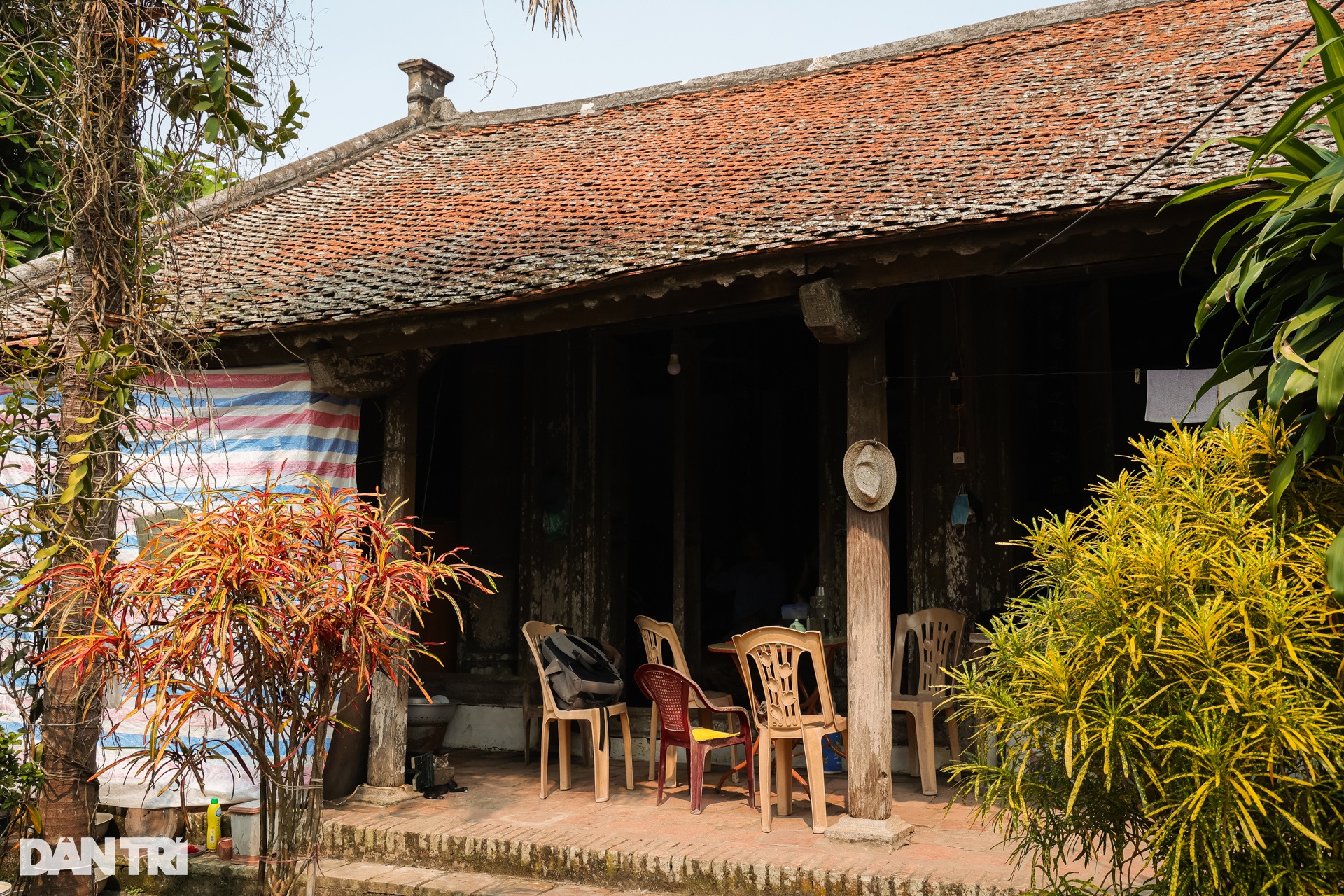 Mr. Tu's old house was built in 1909 (Photo: Nguyen Ha Nam ).
Mr. Tu's old house was built in 1909 (Photo: Nguyen Ha Nam ).
Efforts to preserve the beauty of Cuu village
Today, more than half of the 49 ancient houses in Cuu village are abandoned or have only one or two residents. The villagers mainly take on orders to manufacture suits or mass-produced office wear.
Living in the house left by his ancestors since 1905 , Mr. Nguyen Thien Tu is the 4th generation to live in this house. Mr. Tu said that this village has a history of more than 700 years. Among them, the ancient houses built in the early 20th century are now almost not kept in their original state.
Nowadays, Cuu village still has some ancient villas interspersed with modern houses. Over time, the moss-covered villas have gradually deteriorated due to lack of care and restoration. Only a few structures remain intact.
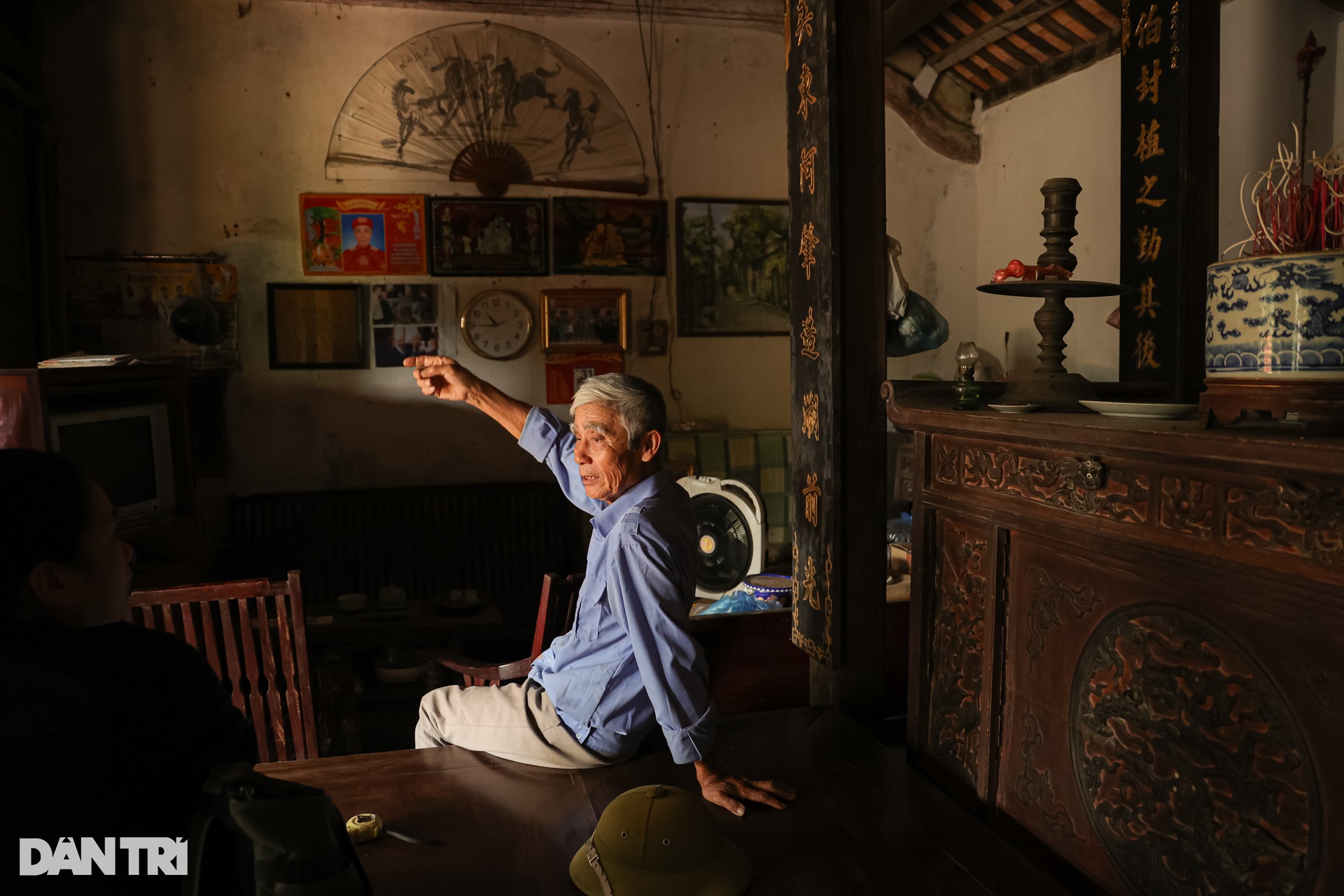
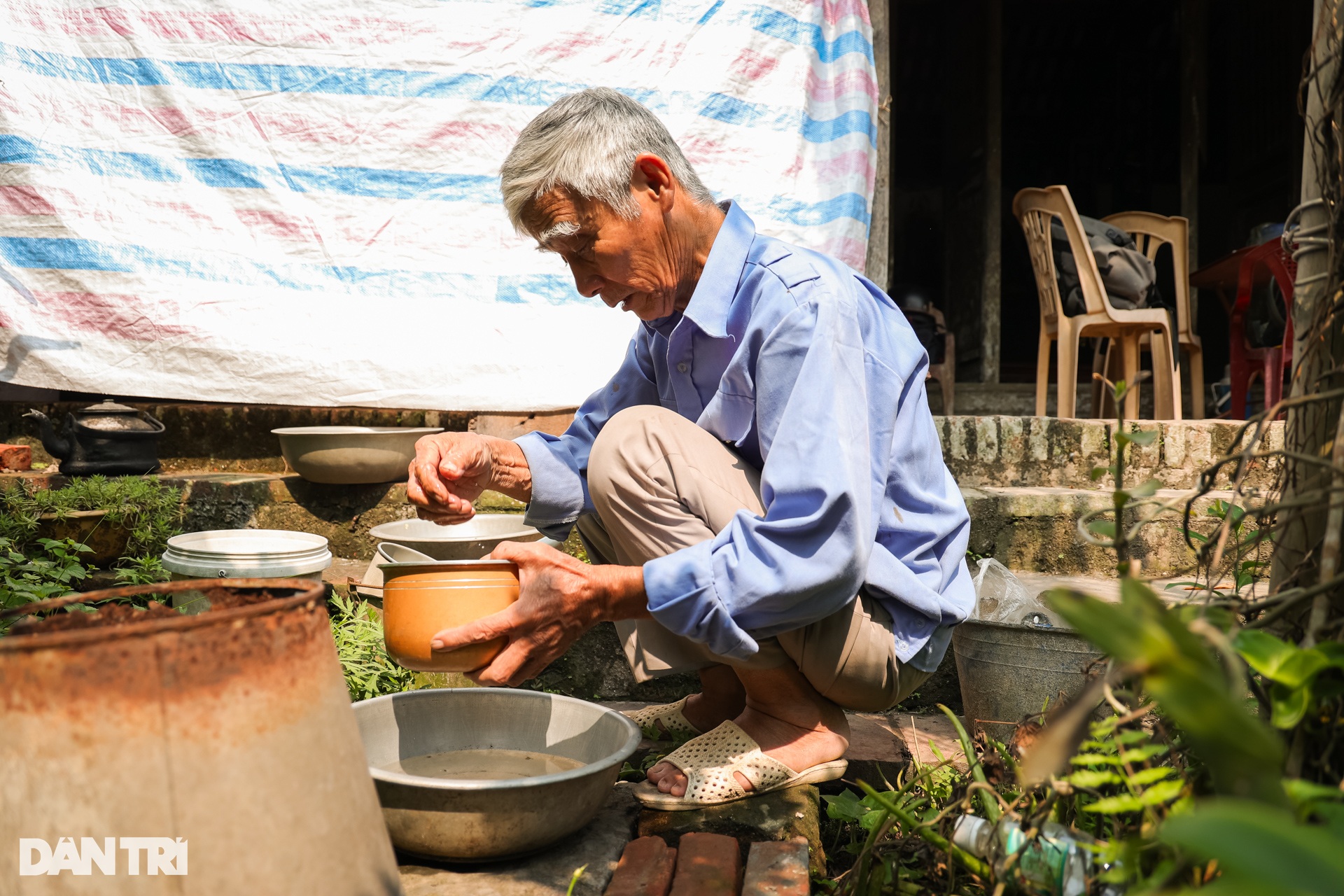
Mr. Nguyen Thien Tu lives alone in a house over 100 years old in Cuu village (Photo: Nguyen Ha Nam).
In the village, many roads have been covered with concrete, but there are still alleys paved with large green stones, covered with moss.
"In 1996, the main road of the village was paved with concrete, the 4 rows of flagstones also disappeared, only a few small alleys still had stone roads. Then the old houses with ancient Vietnamese and French architecture were not taken care of so they were degraded," said Mr. Tu.
In Cuu village, there are old villas with locked doors outside which are churches and houses but the owners do not live in the area, they work far away from home and only come back on holidays and Tet. Therefore, the houses have deteriorated over time due to lack of care.
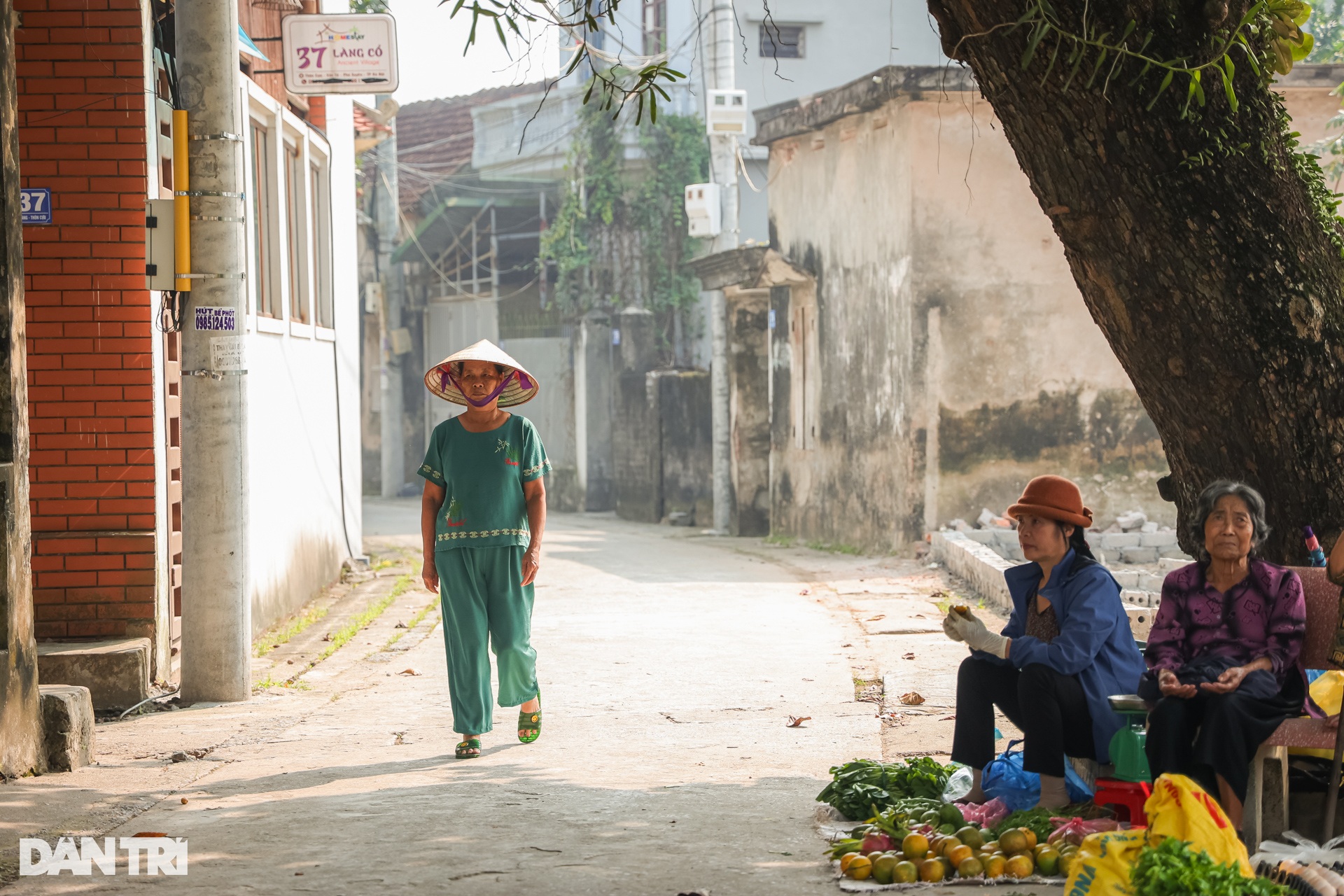 The road into the village was paved with concrete, replacing the old paving stones (Photo: Nguyen Ngoan).
The road into the village was paved with concrete, replacing the old paving stones (Photo: Nguyen Ngoan).
A few alleys away from Mr. Tu's old house, Mr. Thong, the owner of an old French villa with rotten windows and main door, has not renovated it to preserve the ancient features of the French architectural house left by his ancestors.
Mr. Thong said that the households here do not receive financial support for maintenance, so many people have built and renovated things themselves, gradually losing the ancient features.
3-4 years ago, there were film crews and tourists visiting this place. However, over time, the village was forgotten because its antiquity was gradually disappearing, and tourists no longer came.
The old French villa was also turned into a shoe factory by Mr. Thong's family. The man said that in the next few years, the house will probably be demolished to renovate it to create a safer living space.
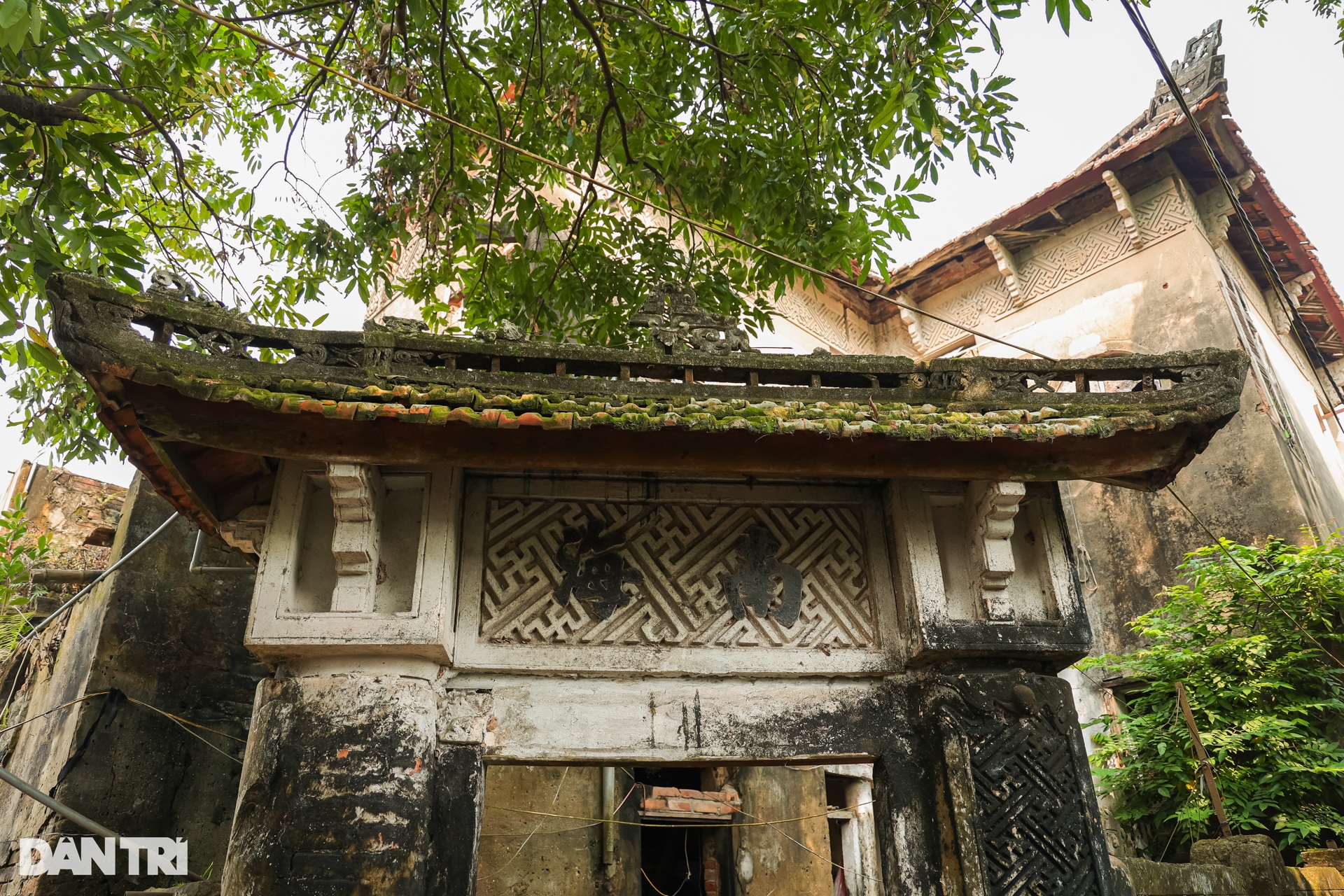
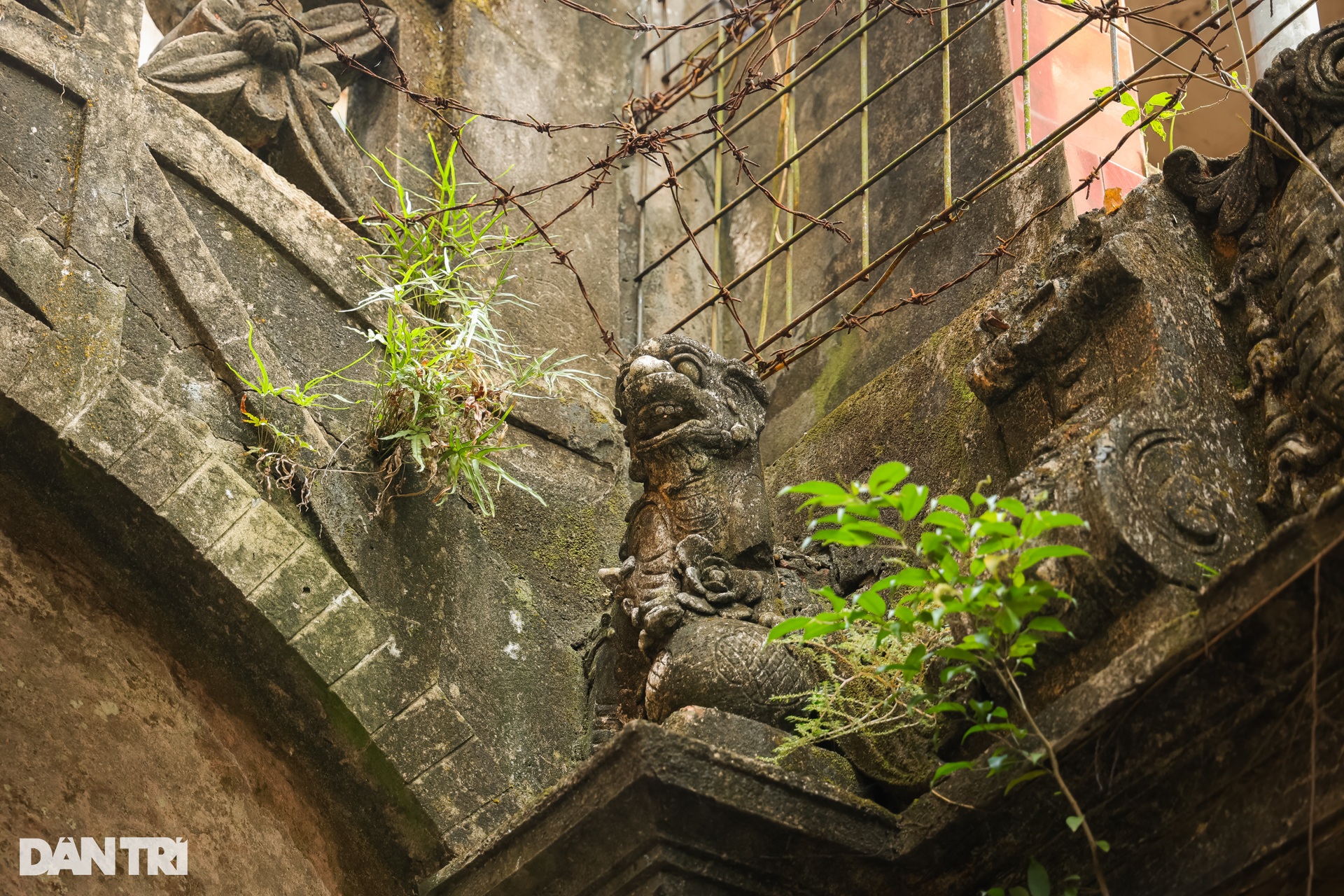
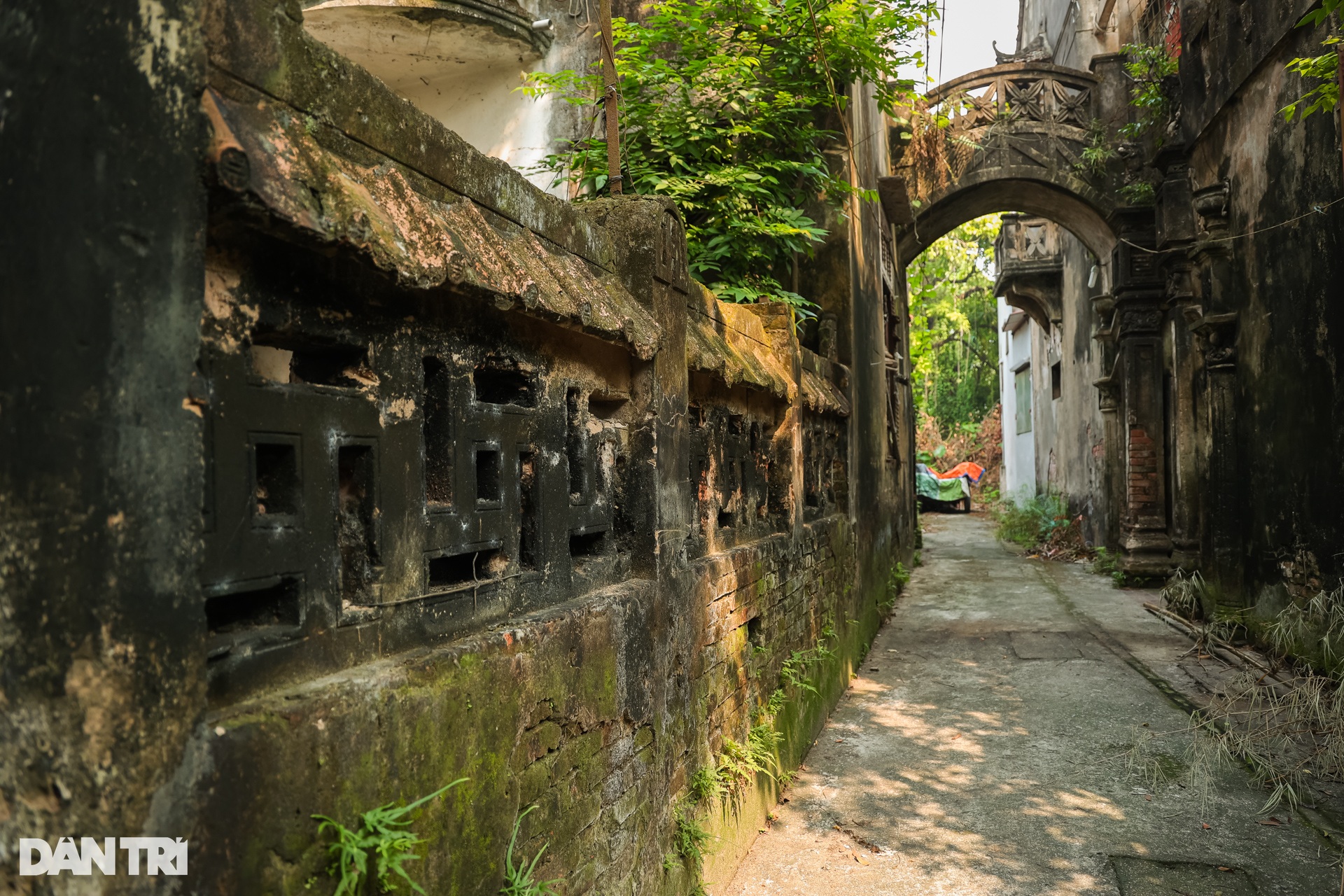
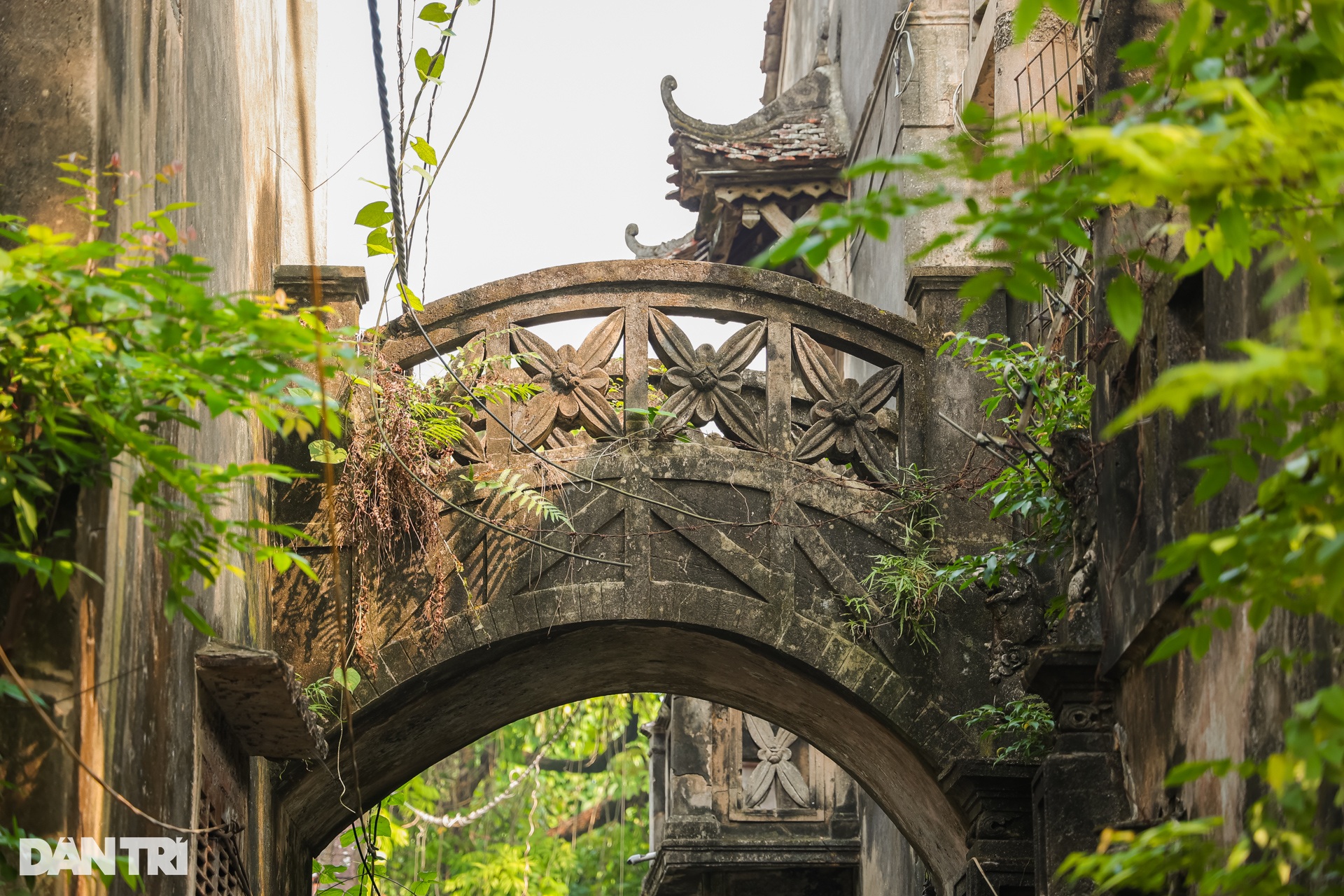
Mr. Thong's old French villa has seriously degraded and is used as a shoe factory (Photo: Nguyen Ha Nam).
A representative of the People's Committee of Van Tu commune (Phu Xuyen, Hanoi) said that the commune has also made many recommendations to higher authorities regarding the deterioration of ancient architectural houses, because this is a valuable cultural heritage.
"The city's Department of Culture and Sports has come to train and survey. The district also really wants to maintain and preserve the ancient village to make it a tourist destination for visitors. However, there is no funding to preserve the architectural works, and the people have not yet received support," said the commune chairman.
Currently, the local government of Van Tu commune calls on people to preserve and conserve, not to destroy to build new ones. But if there is support from the government, they will feel more secure to preserve the ancient structures.
Dantri.com.vn






![[Photo] Dan Mountain Ginseng, a precious gift from nature to Kinh Bac land](/_next/image?url=https%3A%2F%2Fvphoto.vietnam.vn%2Fthumb%2F1200x675%2Fvietnam%2Fresource%2FIMAGE%2F2025%2F11%2F30%2F1764493588163_ndo_br_anh-longform-jpg.webp&w=3840&q=75)



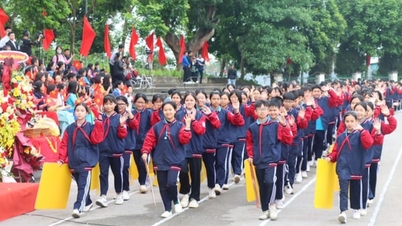

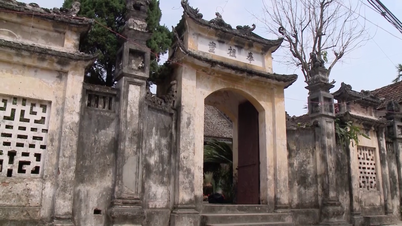


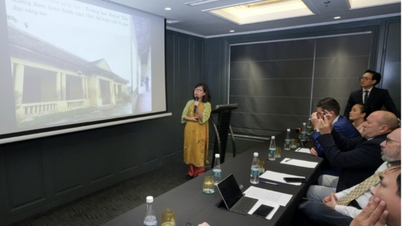

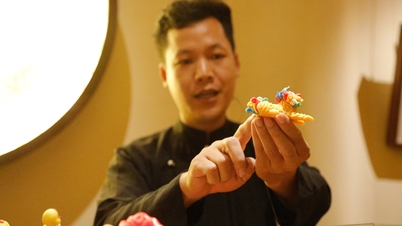



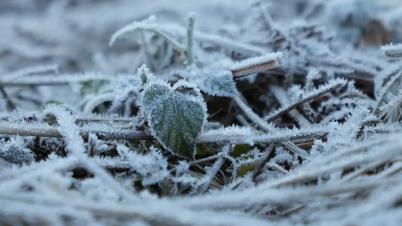




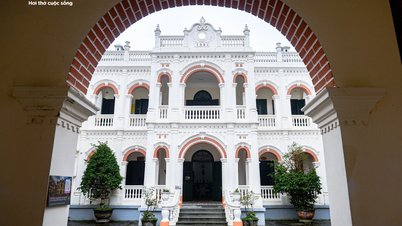














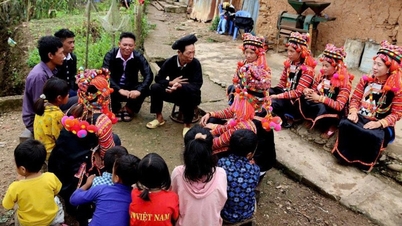
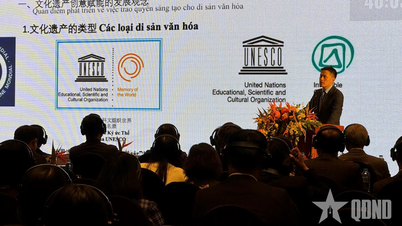



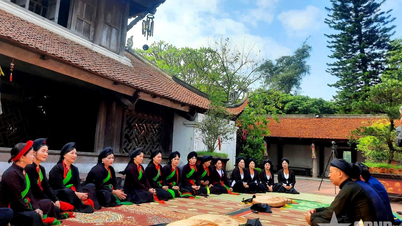



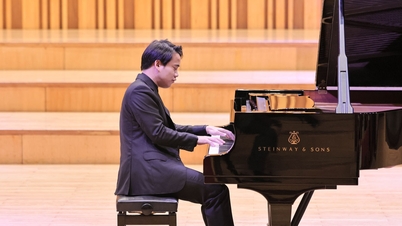




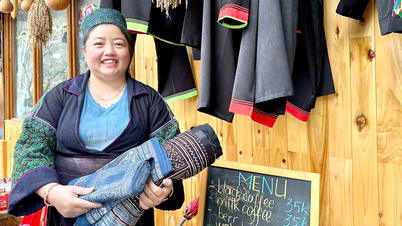


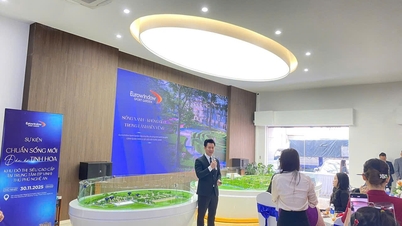


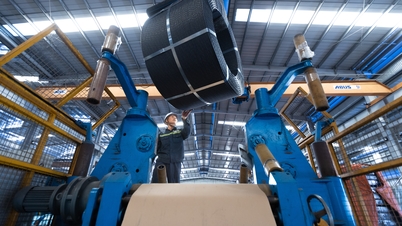
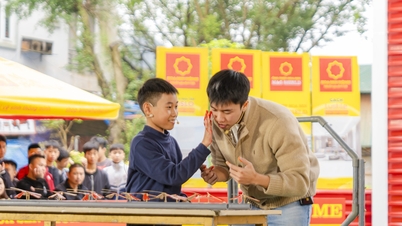


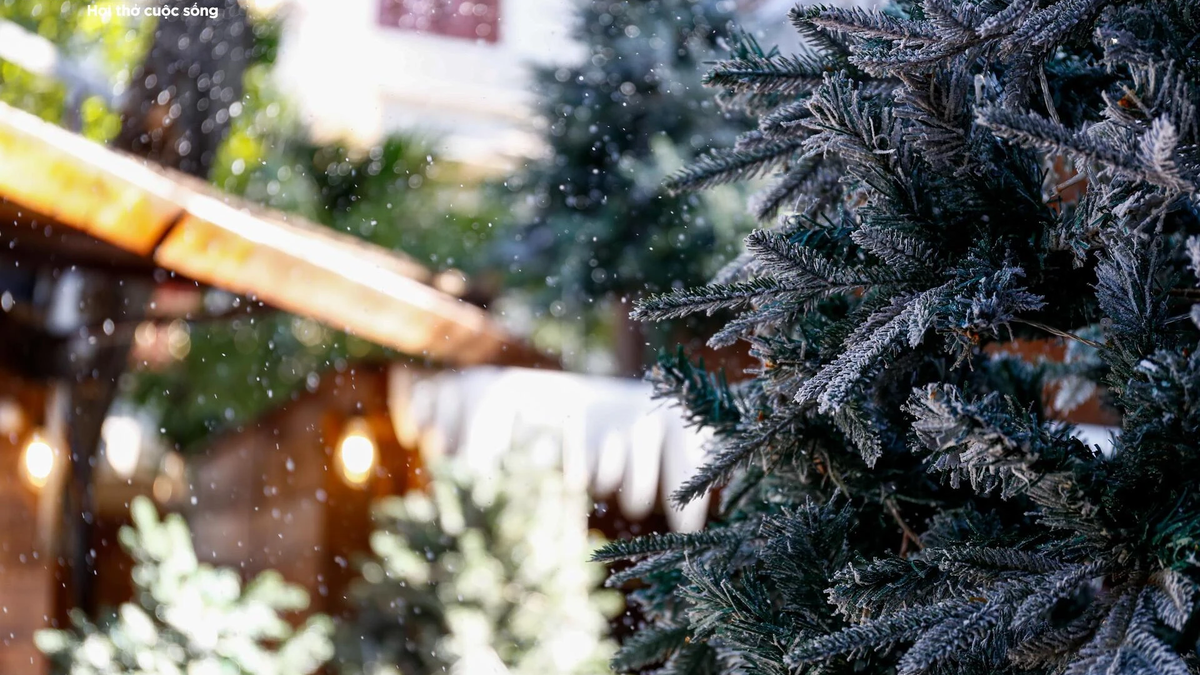



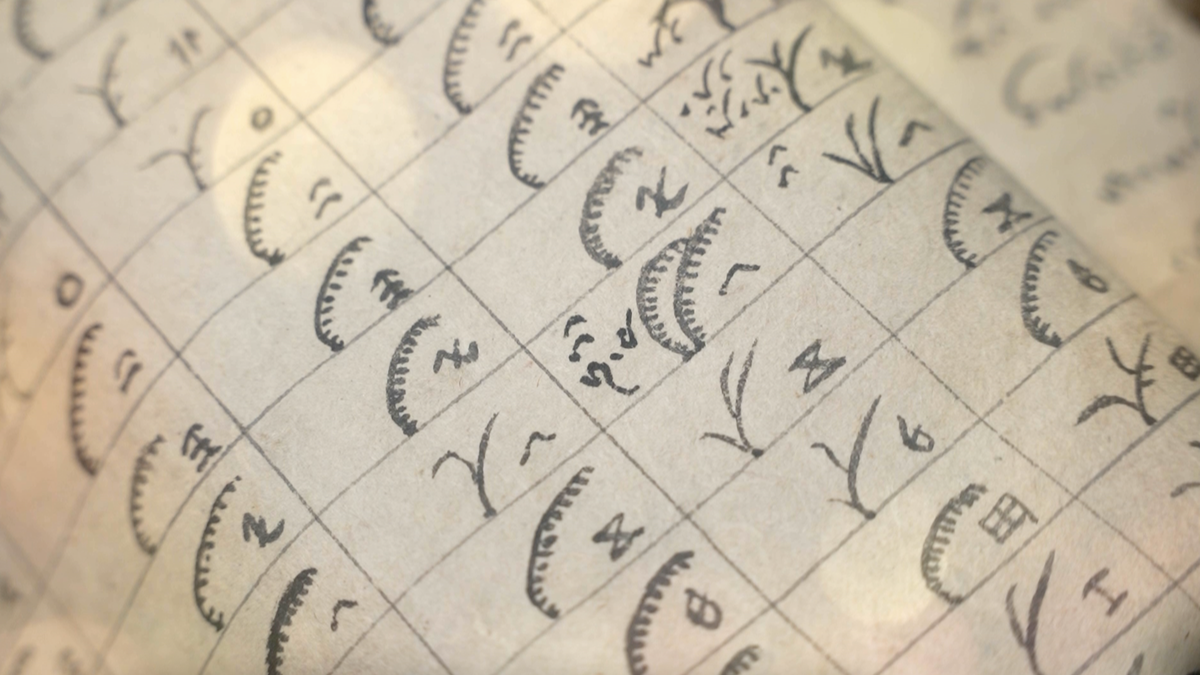
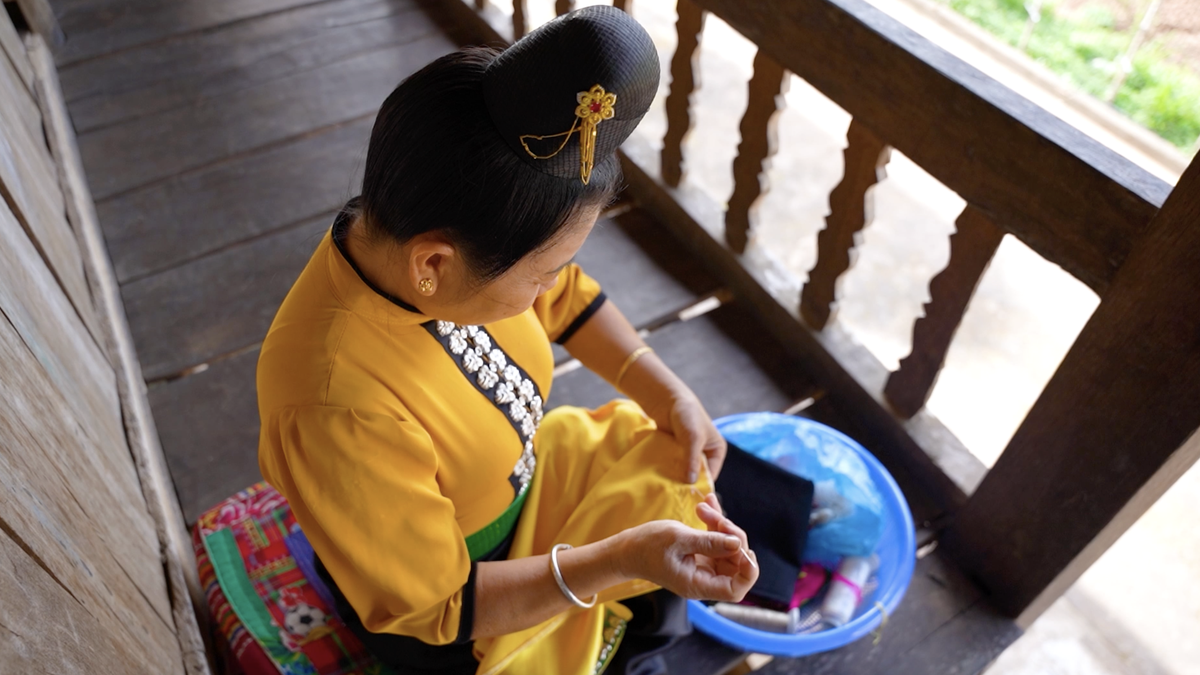







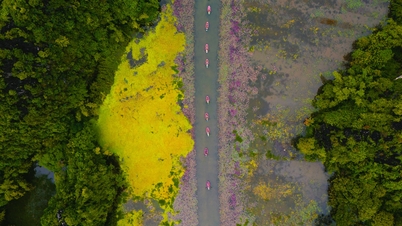

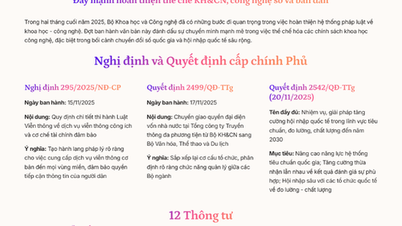








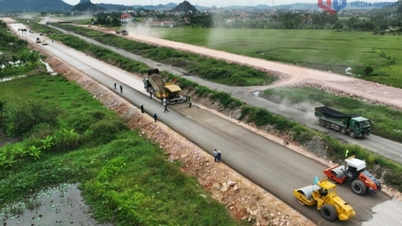



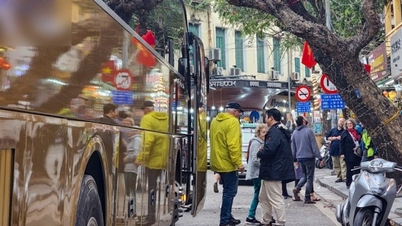
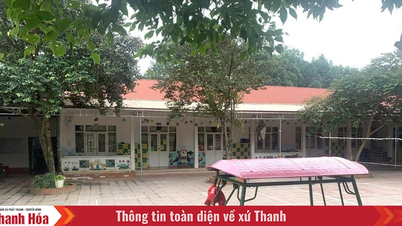







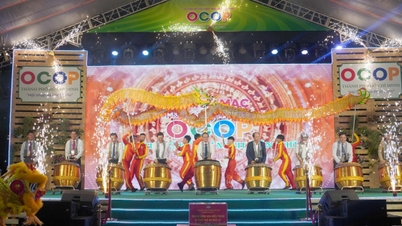


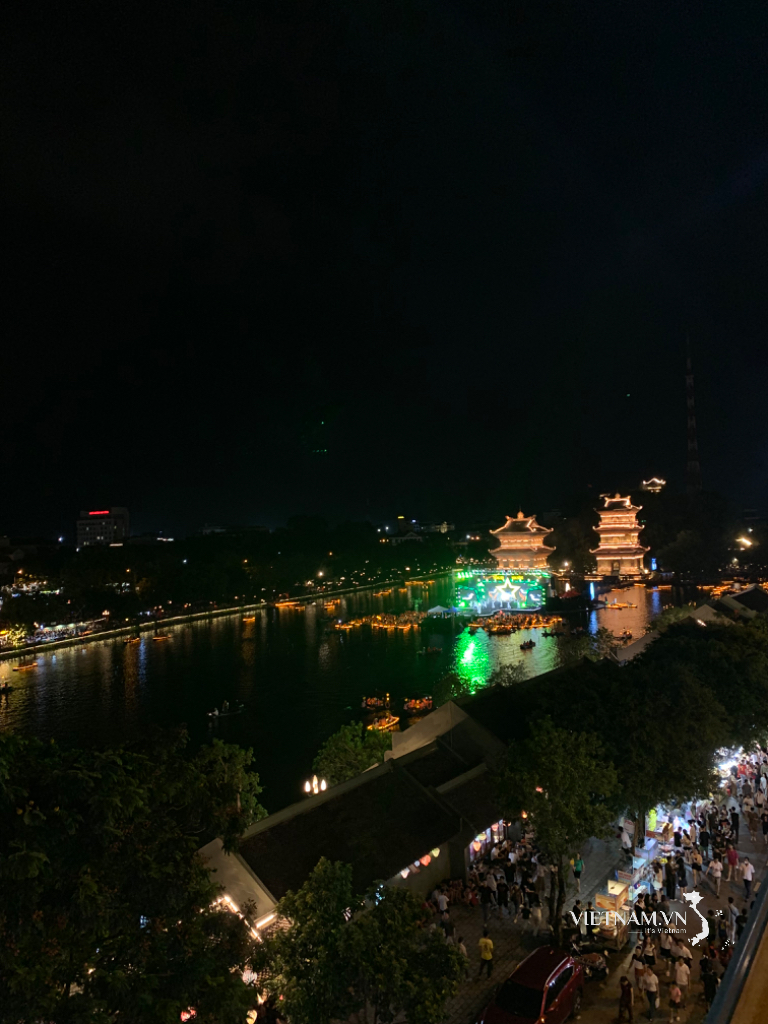


Comment (0)